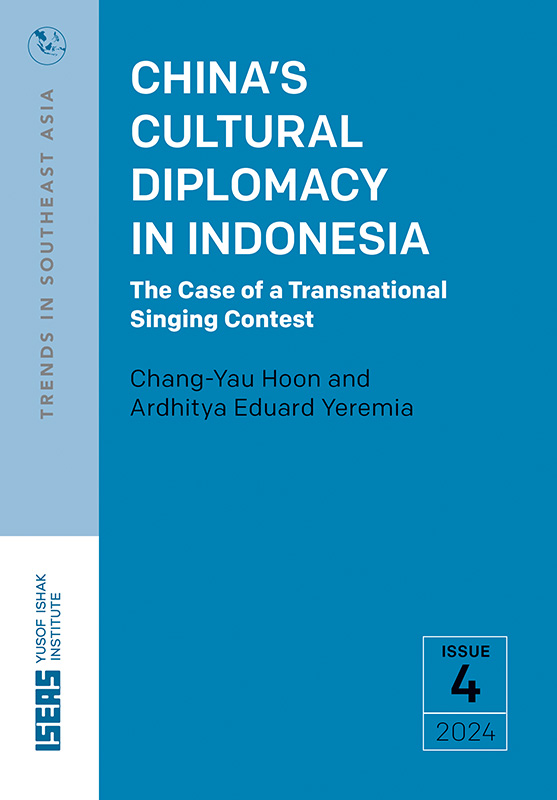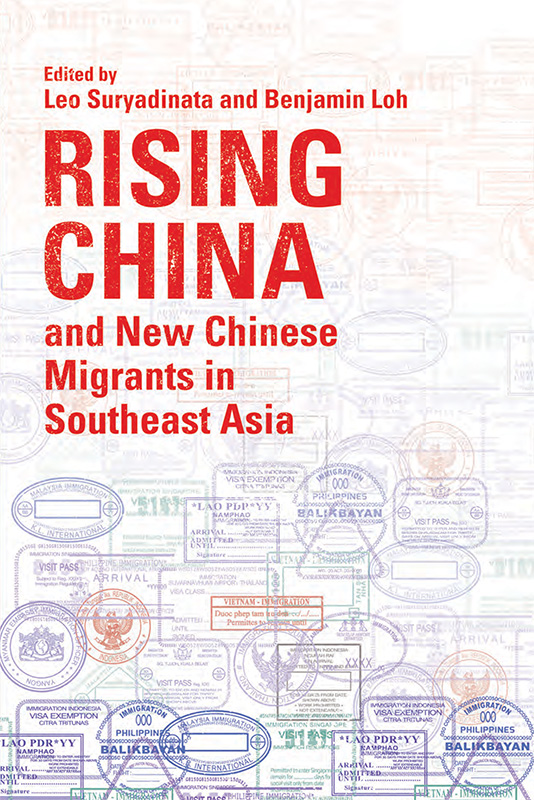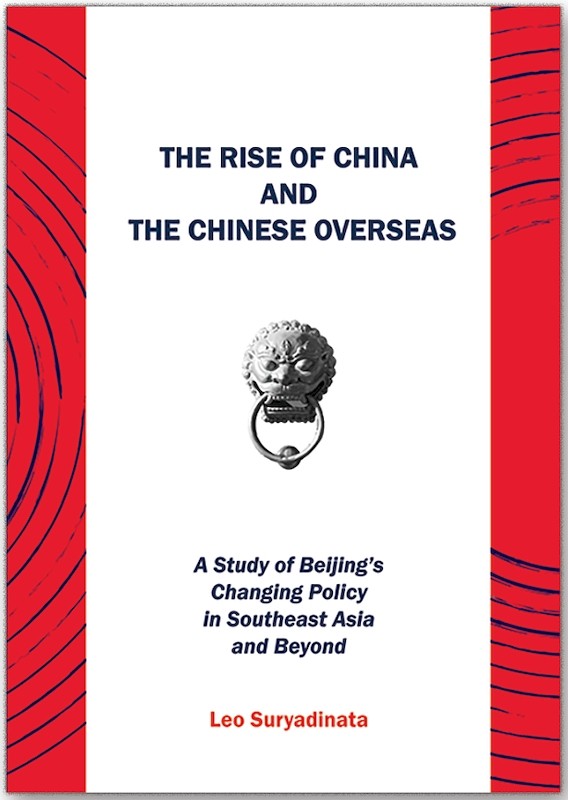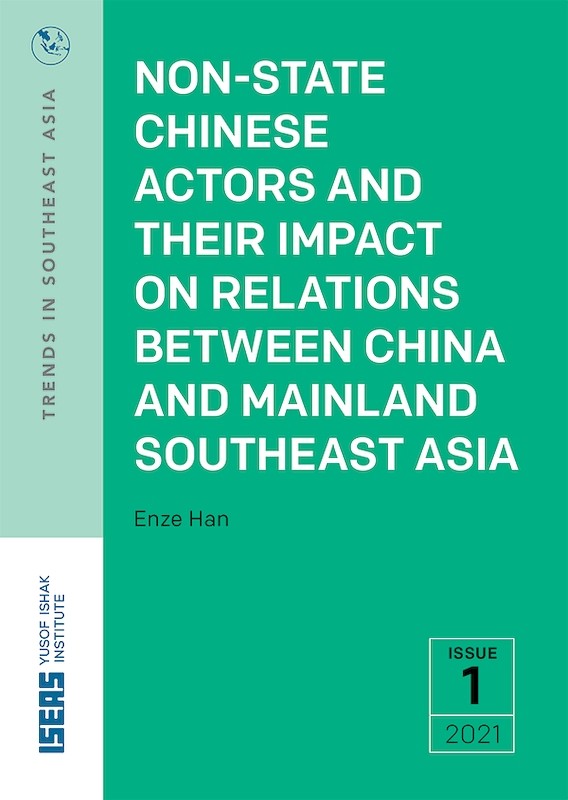Rising China’s Soft Power in Southeast Asia: Impact on Education and Popular Culture
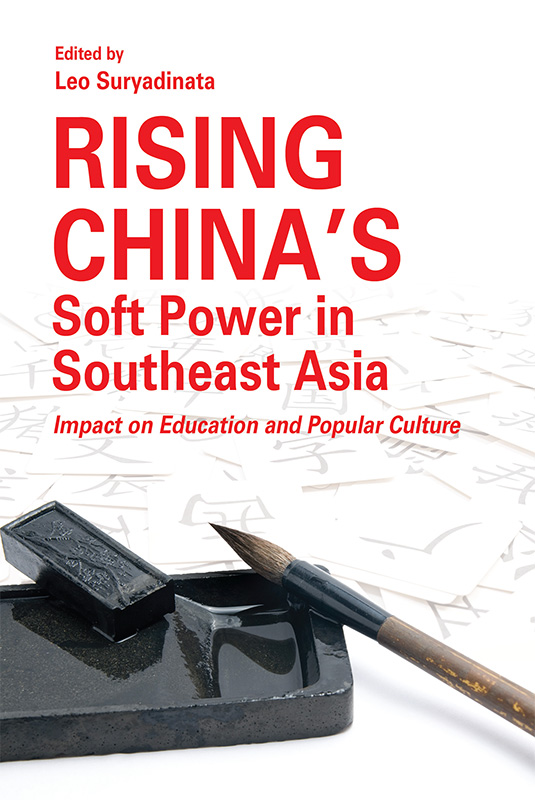
Leo Suryadinata, editor
Date of publication:
2024
Publisher:
ISEAS – Yusof Ishak Institute
Number of pages:
282
Code:
PIC302
Soft Cover
ISBN: 9789815203035
Reviews
“The book provides a rare collection of granular perspectives on China’s soft power across individual Southeast Asian states.”
-- Dr Prashanth Parameswaran, ASEAN Wonk, 7 March 2025
Click here to read the full review
Click here to read the full review
About the publication
The book addresses the issues of China’s soft power in Southeast Asia during the rise of China. This soft power includes Chinese language education and popular culture. With regard to Chinese education, prior to the rise of China, Chinese schools were catered to mainly overseas Chinese children. Non-Chinese seldom received Chinese education. However, the rise of China and the export of Confucius Institutes (CIs) changed the landscape as CIs are meant for the non-Chinese population as well. China’s educational soft power penetrated the larger non-Chinese community, making Chinese soft power more effective. Chinese popular culture has also infiltrated the non-Chinese population.
Various chapters in this book show that rising China’s soft power in Southeast Asia has grown quite significantly, particularly in terms of the Chinese language and Chinese popular culture. Nevertheless, its popularity still lags behind American soft power. The Chinese language is still not as popular as the English language. The same could also be said for Chinese popular culture. The growth of China’s soft power faces tremendous challenges in the Southeast Asian region. Its further growth would depend on China’s continuous economic power and cordial relations with the Southeast Asian countries.
Contents
-
Rising China’s Soft Power in Southeast Asia: Impact on Education and Popular Culture
[Whole Publication, ISBN: 9789815203042], by Leo Suryadinata, author -
Preliminary pages with Introduction
- PART I: GENERAL OVERVIEW OF CHINA’S SOFT POWER
-
1. Chinese Overseas and China’s Soft Power, by Tan Chee Beng, author
-
2. Southeast Asian States and China’s Educational Soft Power, by Leo Suryadinata, author
-
3. Expatriate or Native Chinese Language Teachers for Maritime Southeast Asia?, by Neo Peng Fu, author
- PART II: CHINA’S SOFT POWER AND EDUCATION IN MAINLAND SOUTHEAST ASIA
-
4. Chinese Soft Power in Thailand: The Influence of Chinese Education, by Sivarin Lertpusit, author
-
5. Understanding China’s Educational Soft Power from Recipients’ Perspectives: A Case Study of the Yunnanese Chinese in Northern Thailand, by Aranya Siriphon, author
-
6. China’s Soft Power in Laos, with Special Reference to Chinese Education and Chinese Language Teaching, by Lim Boon Hock, author
-
7. Chinese Education and Educating Chinese in a Post-Conflicted State: Mandarin Education Systems in Cambodia, by Shihlun Allen Chen, author
- PART III: CHINA’S SOFT POWER AND EDUCATION IN MARITIME SOUTHEAST ASIA
-
8. China’s Educational Soft Power: A View from Malaysia, by Ngeow Chow Bing, Fan Pik Shy, authors
-
9. Seek Knowledge as Far as China: Santris’ Educational Mobility to China and Its Meanings for China’s Soft Power Projection in Indonesia, by Ardhitya Eduard Yeremia, author
-
10. Assessment of China’s Soft Power among China-Educated Filipinos: Impact on the Philippines, by Jane Yugioksing, author
-
11. Chinese Language Education in Brunei Darussalam: An Instrument of China’s Soft Power?, by Hannah Ming Yit Ho, Chang-Yau Hoon, authors
- PART IV: CHINA’S SOFT POWER AND POPULAR CULTURE
-
12. The Power of Fantasy: Southeast Asians’ Obsession with Chinese Xianxia Dramas, by Gwendolyn Yap, author
-
13. Impact of Chinese Popular Culture on Young People in Vietnam, by Tran Thi Xoan, author
-
14. PRC Soft Power and Chinese Indonesian Arts: Reports from the Ends of the Spectrum, by Josh Stenberg, author
-
Index

